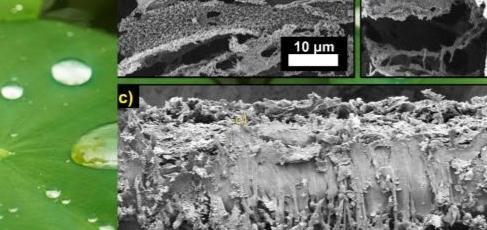
Brain Circuit Recreated in Lab for 1st Time: A Major Breakthrough in Neuroscience
In a groundbreaking achievement, a team of scientists at Stanford University in California has successfully recreated in a laboratory the sensory pathway that transmits feelings of pain to the human brain. This remarkable feat marks the first time that different neurons grown from human stem cells have been combined into a functioning brain circuit in a lab dish. The implications of this research are far-reaching, with potential applications in the development of new treatments for chronic pain and other neurological disorders.
The team, led by Dr. Marius Wernig, used human stem cells to create a network of neurons that mimic the natural brain circuit. They then combined these neurons into a functioning circuit, allowing them to study the behavior of individual neurons and how they interact with each other. This approach, known as “assembloid” research, has the potential to revolutionize our understanding of the brain and its many complex functions.
The recreated brain circuit is a remarkable achievement, considering the complexity of the human brain. It is estimated that the human brain contains over 86 billion neurons, each with its own unique set of connections and functions. Recreating such a circuit in a lab dish is a significant challenge, but one that holds immense promise for advancing our understanding of the brain and developing new treatments for neurological disorders.
The pain pathway is a critical component of the brain’s sensory system, allowing us to perceive and respond to painful stimuli. The recreated circuit is a key step in understanding how this pathway functions and how it can be targeted for therapeutic intervention. Chronic pain is a major public health issue, affecting millions of people worldwide. Current treatments are often ineffective and can have significant side effects, making the development of new approaches a pressing need.
The use of human stem cells in this research has several benefits. Stem cells are capable of differentiating into a wide range of cell types, including neurons. This allows researchers to create a diverse population of neurons that can be combined into a functioning circuit. Additionally, stem cells can be used to study diseases and disorders in a more controlled and controlled environment, reducing the need for animal testing and minimizing the risk of contamination.
The assembloid approach used in this research has several advantages over traditional methods of studying the brain. Traditional approaches typically involve using animal models or dissecting the brain to study individual neurons. These methods are often limited by the complexity of the brain and the difficulty of studying individual neurons in their native environment. The assembloid approach, on the other hand, allows researchers to study individual neurons and how they interact with each other in a controlled and controlled environment.
The implications of this research are far-reaching, with potential applications in a wide range of fields. In addition to the development of new treatments for chronic pain, the assembloid approach could be used to study and treat a range of neurological disorders, including Alzheimer’s disease, Parkinson’s disease, and epilepsy. The use of human stem cells could also potentially lead to the development of personalized treatments, tailored to an individual’s unique genetic profile.
Stanford University has reportedly applied for a patent on the assembloid research, highlighting the potential commercial applications of this technology. The development of new treatments for neurological disorders is a major challenge, and the use of assembloid research could potentially lead to the creation of new therapies and treatments.
In conclusion, the recreation of a brain circuit in a lab dish is a major breakthrough in neuroscience. The use of human stem cells and the assembloid approach has the potential to revolutionize our understanding of the brain and its many complex functions. The implications of this research are far-reaching, with potential applications in the development of new treatments for chronic pain and other neurological disorders.
Source:
Wernig, M. et al. (2025). Human assembloid pain pathway. Nature, 1-9. doi: 10.1038/s41586-025-08808-3






